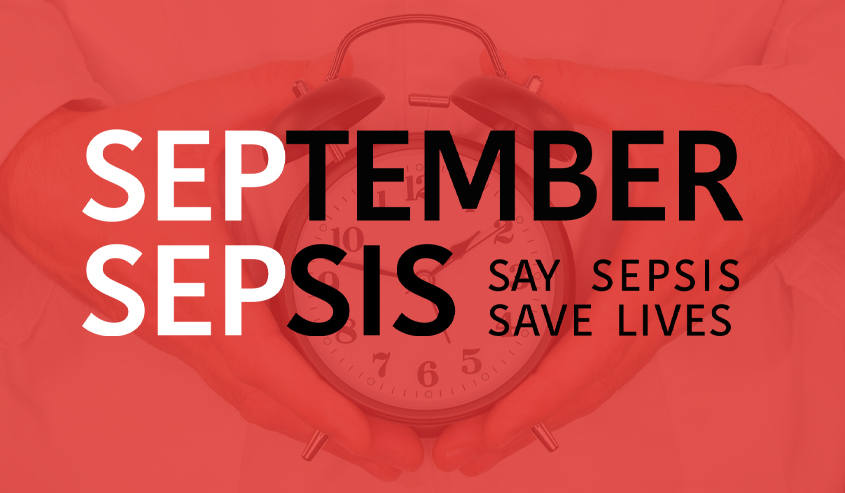
Sepsis is the human body’s overactive response to an infection, which can overwhelm the system and lead to life-threatening consequences such as organ failure, tissue damage and even death. In sepsis, chemicals are released into the bloodstream which then go on to trigger an inflammatory response in the rest of the body. These responses can then go on to damage organs and can even result in death.
Populations that Sepsis Most Commonly Affects
Although sepsis can happen to anyone, it most commonly affects:
- Older adult populations
- Pregnant women
- Infants and children under one year of age
- People who suffer chronic health conditions
- People with weakened immune systems
In most cases, sepsis will occur in people who are already hospitalized or have recently been hospitalized, particularly in the ICU.
An Overreaction of the Immune System
Although the immune system is tasked to prevent and fight infection, at times and for reasons that are not yet well known, it can turn on itself. This is where sepsis begins.
If caught early, antibiotics and fluids can improve the chances for survival. However, if it progresses into severe sepsis, organ function may begin to break down. Patients with severe sepsis most often must be treated in the ICU. When the blood pressure drops significantly, septic shock, its most severe form, has set in.
Early Signs and Symptoms of Sepsis
In addition to a known or probable infection, early signs of sepsis include:
- A change in mental status such as confusion or disorientation
- Faintness or dizziness
- Slurred speech
- A drop in systolic blood pressure
- Reduced urine production
- Breathlessness, high respiratory rate
- Nausea, vomiting, diarrhea
From Mild to Severe
Sepsis can range in severity and progress into septic shock. This happens when there are changes in the circulatory system and the way the body uses energy.
As sepsis progresses, the flow of blood to important organs is impaired and often blood can clot as a reaction, leading to varying degrees of organ failure and tissue death. In addition to an infection, the symptoms of septic shock can include:
- The need to medically maintain blood pressure
- High levels of lactic acid in the blood after fluid replacement
There is currently no cure for sepsis. Consequently, early detection and treatment are essential for survival. These include antibiotics and intravenous fluids.
The Survival Rate of Sepsis
Studies that have investigated the survival rate of sepsis patients have reported inconsistent numbers but the average appears to be that 30% of diagnosed patients who have severe sepsis will not survive. Studies have also reported that, of those survivors, 50% will go on to suffer from post-sepsis syndrome.
At Vital Imaging, our mission is to provide exceptional patient care and vital information in support of your health and wellbeing. For diagnostic imaging tests please contact us at (305) 596-9992.
